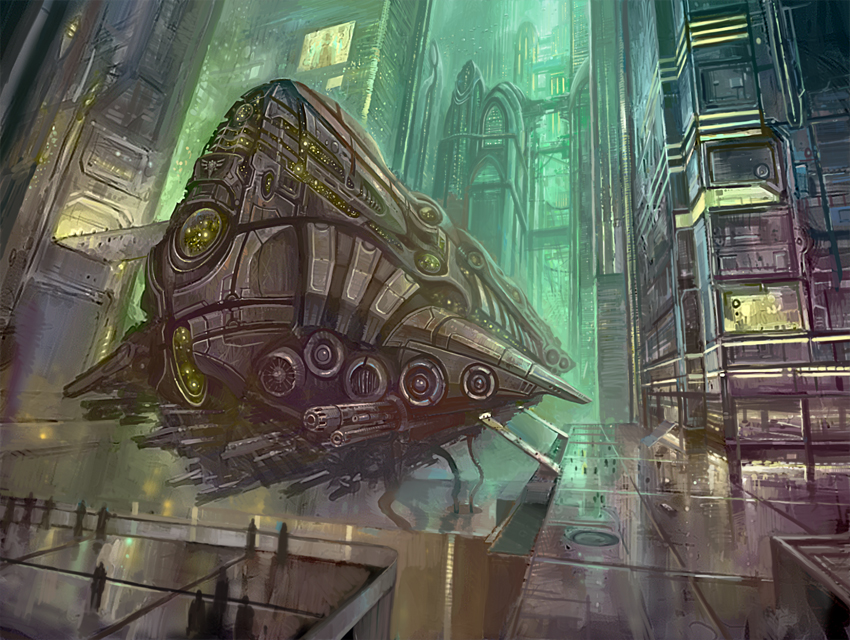The skeleton here is part of a series of skeletons with guns that I got a while back from my buddy Mik. I got them for free and over the years, a number of their guns have broken off. In fact, the gun you see off to the right is one of those guns that broke off. When I was sorting through my bits, I noticed that these guys' guns look a little bit like bolt pistols. Perfect for Rogue Trader.
So, I took a lot of the loose guns that had broken off of the skeletons and put them right onto some of the figures I got for the team. Here's the Explorator. I just took off his axe and substituted it with one of the skeleton guns.


Now, I have to admit that I was a bit nervous about this, because I've maybe done something like this once or twice. But it was not as bad as I thought and it turned out pretty well, I think. The trick for me was to get the wrist right on the figure. If the wrist wasn't cut right, then the skeleton hand and weapon looked to be at an odd angle. I had to really concentrate and visualize where the Explorator's wrist should stop and his hand began.
The next guy I modded was the front-line Arch-Militant. He was a blast to modify. I started with sawing off one hand and replacing it with the large fist that I showed off in my last post. Interestingly enough, the large fist originally belonged to a cybernetic ape miniature. Ape X, by name. My friend Andy would probably see the poetry in this, since he's a big fan of the super-apes.
First I added the fist.

You'll note in the picture above that the pommel of the figures sword still remains. Here, it almost looks like it's sticking out of the fist. Instead of sawing the pommel off, it gave me an idea and I incorporated it into a further modification.

I thought to myself, what's a power fist without a power pack to give it energy? So I added a contraption onto the back of this miniature and made the pommel on the figure's wrist look more like an energy cord that attached back to the power core.
I then took off the other sword and mounted on another skeleton gun. The end result looks great, but I'll post that later.
EDIT: I totally forgot to post this - where I got the Arch-Militant's power pack from. I happen to play a lot of Warmachine and I also happened to have an extra Durgen Madhammer. I went through my bits to see what I could find to use as a backpack and I found my extra Durgen fig. The head of his hammer is what I used as the power pack. Thanks to oniakki for the reminder!


































